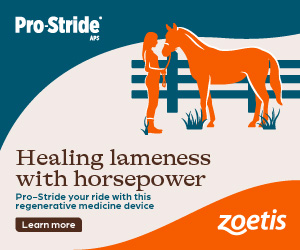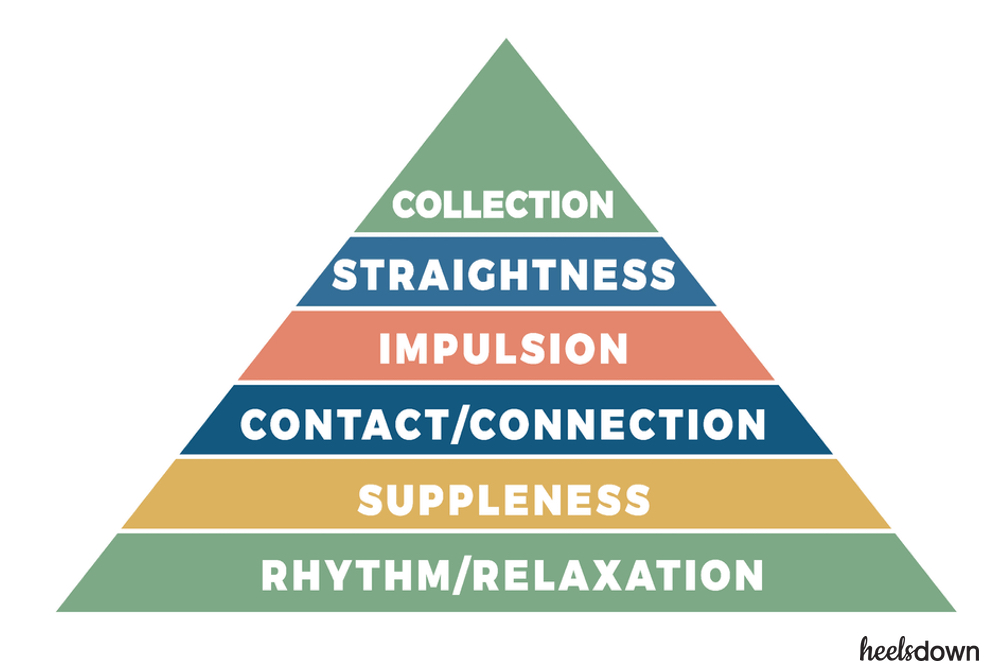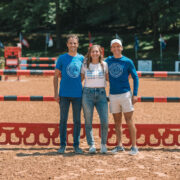Incorporate Classical Dressage Into Your Everyday Riding

We all have days when our relationship with our horse isn’t on point. We ask things they might not be prepared to do, or we aren’t clear in our aids so our horses get confused.
If you’re like me, you’re ready to forget those moments the second they happen – so I did some sleuthing for you. With the help of Fie Andersen, a Grand Prix rider, trainer, breeder, judge, and business owner at Equito Dressage (who also trains with Klaus Balkenhol), we tackled a way to incorporate classical dressage principles in order to improve connectedness and communication with our horses.
Fie asked if I’d ever heard of the “pyramid of training,” which is the training scale she was taught in her own classical dressage education and relied on for a variety of students, whether eventers, equitation riders (pick me!), dressage riders, or even polo players. I replied with a strange facial expression that said, “Uh, no?” Fortunately, the pyramid of training is relatively simple to explain, understand, and apply to your riding.
The training scale starts on the bottom of the pyramid (the basis for everything that comes above it) with rhythm. Rhythm gives way to relaxation, which is just below connection. Impulsion comes next, and straightness is just below the top: collection.
Rhythm for Relaxation
Let’s talk rhythm. It’s important for striding between jumps and on course. It’s necessary for finding distances. Starting at the bottom of the pyramid, rhythm is essential for moving onto the next level because it establishes balance and encourages relaxation. Transitions inside gaits (extended trot to collected trot) and outside gaits (walk to trot, trot to canter) help to create rhythm. Once you’ve got your beat down, relaxation is the next step. Your horse might even want to reach down and stretch out his neck. Loose and supple, you’ve created a better connection with your horse by allowing him to relax in his work. See? Communication is better already.
Connection
Now that several of the basics of training have been covered, connection or connectedness is the next step. Contact is how we talk to our horses’ mouths, and connectedness relates to the open communication between our aids and the rest of the horse. When we have an issue communicating with our horses, it is a great time to step back and evaluate our connection.
Impulsion
Impulsion is the next level of the pyramid and our next step. Impulsion comes naturally when the horse moves rhythmically and is relaxed while in tune with all our aids. To hone your impulsion, remember that you should always ride from back to front. Access your horse’s energy by harnessing the strength that comes from the hind legs and channel it with your seat and hands.
Read this next: Why Dressage Matters for Jumpers
Straightness
Ever had a horse run out of a jump because your approach wasn’t straight? Yeah, me too! Fie described how important straightness is, from picking up the correct leads, to safety over fences. Straightness comes after impulsion on the pyramid and with it comes a handful of exercises to improve straightness. On the long side of your arena or a straightaway in a field, try leg yielding away from the “rail.” Once you’re off the rail, begin leg yielding back to the rail. By improving your leg yielding and communication, you strengthen each side of your horse and enable them to move straighter.
Collection
And we’re at the top. Collection is the goal of dressage, but I think we can all agree being able to collect your horse after a gallop on course is also important. By encouraging our horses to collect, we help create horses that carry us on the correct muscles and develop stronger muscles overall. By taking your time and working your way through the steps of the pyramid, you can problem-solve, assess your communication with your horse, and progress in your training.



